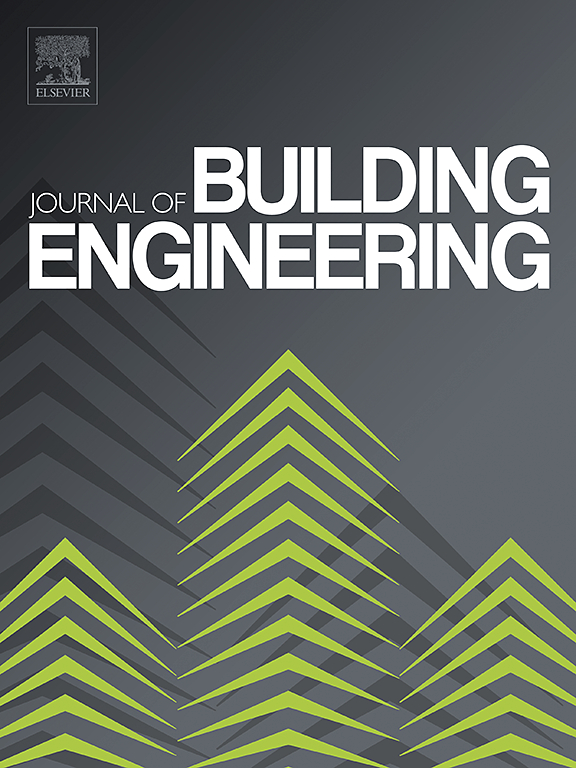Decoding Living Lab sensing system through Bayesian networks: The preferable working space targeting comfort and productivity
IF 6.7
2区 工程技术
Q1 CONSTRUCTION & BUILDING TECHNOLOGY
引用次数: 0
Abstract
Workplace environmental conditions significantly influence workers' well-being, health, and productivity. The understanding of the interaction between environmental factors across multiple domains can improve occupants' satisfaction and indoor conditions. This study aims to identify optimal office environmental conditions by analysing comfort demands and multi-domain interplay in a dynamic context. A year-long experimental campaign was performed in a Living Lab comprising five offices, monitoring indoor and outdoor environmental parameters and gathering occupants' feedback through surveys. Gaussian Naïve Bayes technique was applied to develop probabilistic models that identified optimal conditions for comfort and satisfaction, including self-perceived productivity as combined effect analysis. Participants showed more acceptability of warmer conditions in cooling seasons. Probabilistic models aligned with the current standards, indicating optimal temperatures of 22°C-24 °C for heating seasons and 23°C-24 °C for cooling seasons. Visual comfort was affected by the balance of natural and artificial light, with higher visual discomfort when the former was limited during cooling seasons. Temperatures higher than 22 °C demonstrated increased “stale air” discomfort, potentially linked to respiration and sweating, even without elevated CO₂ levels. Self-perceived productivity decreased in temperatures higher than 24 °C and CO2 concentrations exceeding 800 ppm. Other factors and more comprehensive measurements, together with monitoring of physiological signals should be included in future studies, allowing the creation of guidelines for more comfortable office places. These findings offer valuable insights for enhancing workplace human-centric standards and regulations globally. They have the potential to shape policies that foster more sustainable productive environments for workers’ wellbeing worldwide.
求助全文
约1分钟内获得全文
求助全文
来源期刊

Journal of building engineering
Engineering-Civil and Structural Engineering
CiteScore
10.00
自引率
12.50%
发文量
1901
审稿时长
35 days
期刊介绍:
The Journal of Building Engineering is an interdisciplinary journal that covers all aspects of science and technology concerned with the whole life cycle of the built environment; from the design phase through to construction, operation, performance, maintenance and its deterioration.
 求助内容:
求助内容: 应助结果提醒方式:
应助结果提醒方式:


